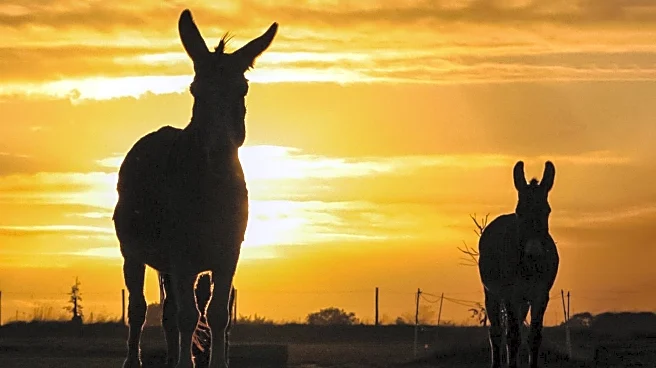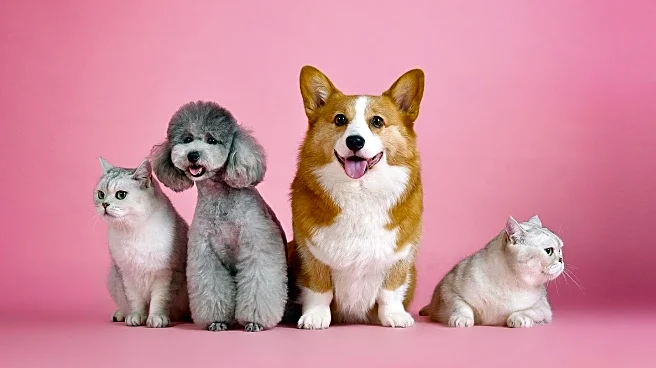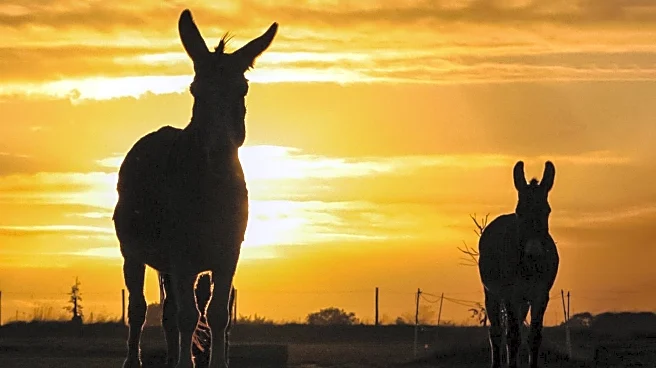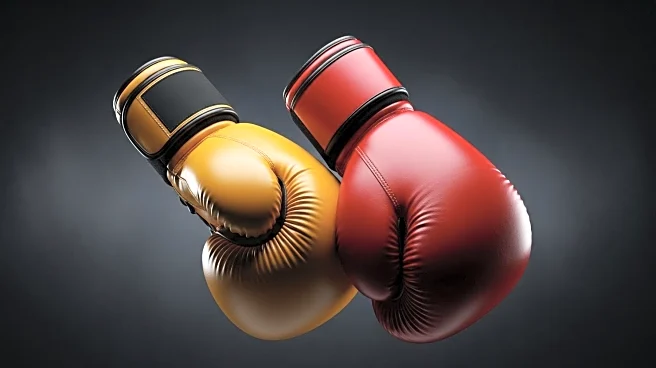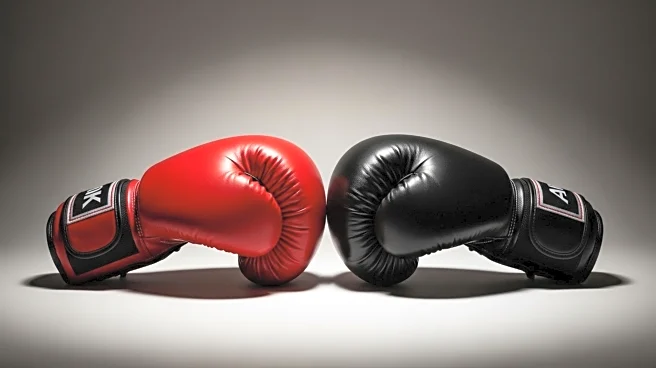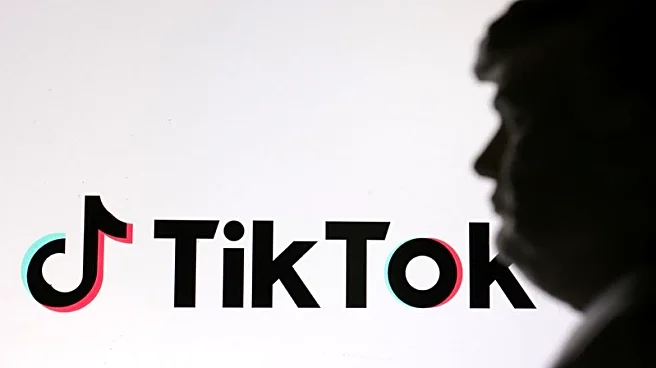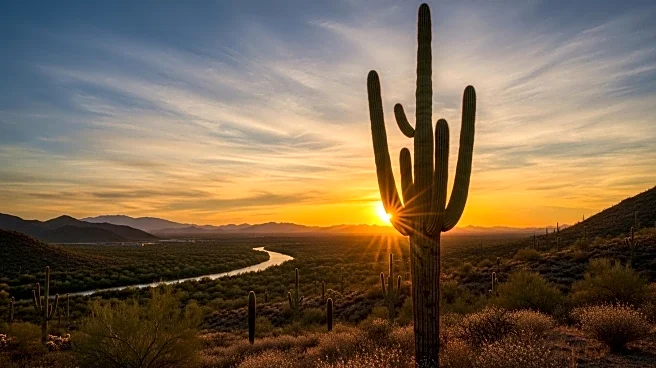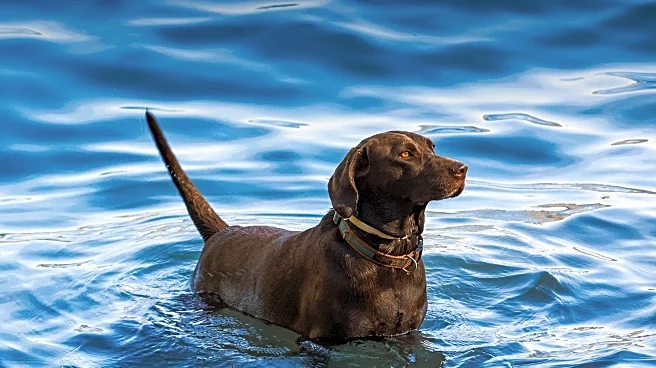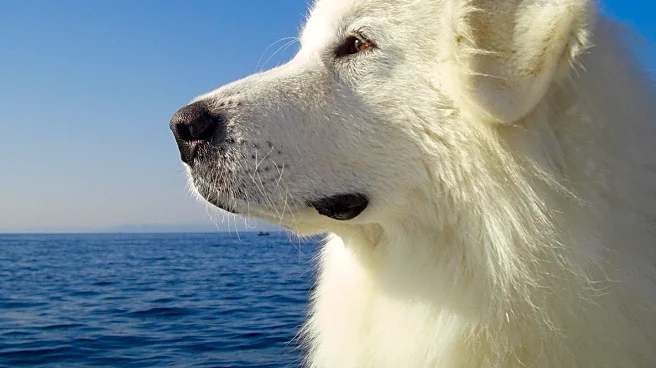What is the story about?
What's Happening?
A TikTok user, known as Lin, encountered an unexpected roadblock during her road trip from California to Nevada when a group of wild donkeys surrounded her car. The incident was captured in a video that Lin posted on TikTok, which quickly went viral, amassing over 5.2 million likes and 20 million views. The video shows the donkeys peering into her car windows and standing in the middle of the road, prompting humorous reactions from viewers. Wild burros, as they are known, are a smaller version of donkeys and have been present in Nevada for centuries, having descended from domestic stock that became wild. The Bureau of Land Management advises against feeding or approaching these animals to prevent them from becoming habituated to human interaction.
Why It's Important?
The viral video highlights the intersection of social media and wildlife encounters, drawing attention to the presence of wild burros in Nevada. This incident underscores the importance of understanding and respecting wildlife, as human interaction can lead to negative consequences for both animals and people. The popularity of the video also demonstrates the power of social media platforms like TikTok in spreading awareness and engaging audiences with unique and unexpected content. Additionally, it serves as a reminder of the legal and ethical responsibilities of individuals when encountering wildlife, as feeding or approaching these animals is prohibited.
What's Next?
As the video continues to gain traction, it may prompt further discussions on wildlife conservation and the role of social media in educating the public about environmental issues. The Bureau of Land Management and other wildlife organizations might use this opportunity to reinforce guidelines on interacting with wild animals. Lin's experience could also inspire other travelers to share their own wildlife encounters, potentially leading to increased awareness and appreciation for the natural world.
Beyond the Headlines
The incident raises questions about the impact of viral content on wildlife tourism and the potential for increased human-wildlife interactions. It also highlights the need for responsible social media use, where content creators are mindful of the messages they convey about wildlife and conservation. The popularity of such videos can influence public perceptions and behaviors, making it crucial for creators to promote ethical and informed interactions with nature.
AI Generated Content
Do you find this article useful?
